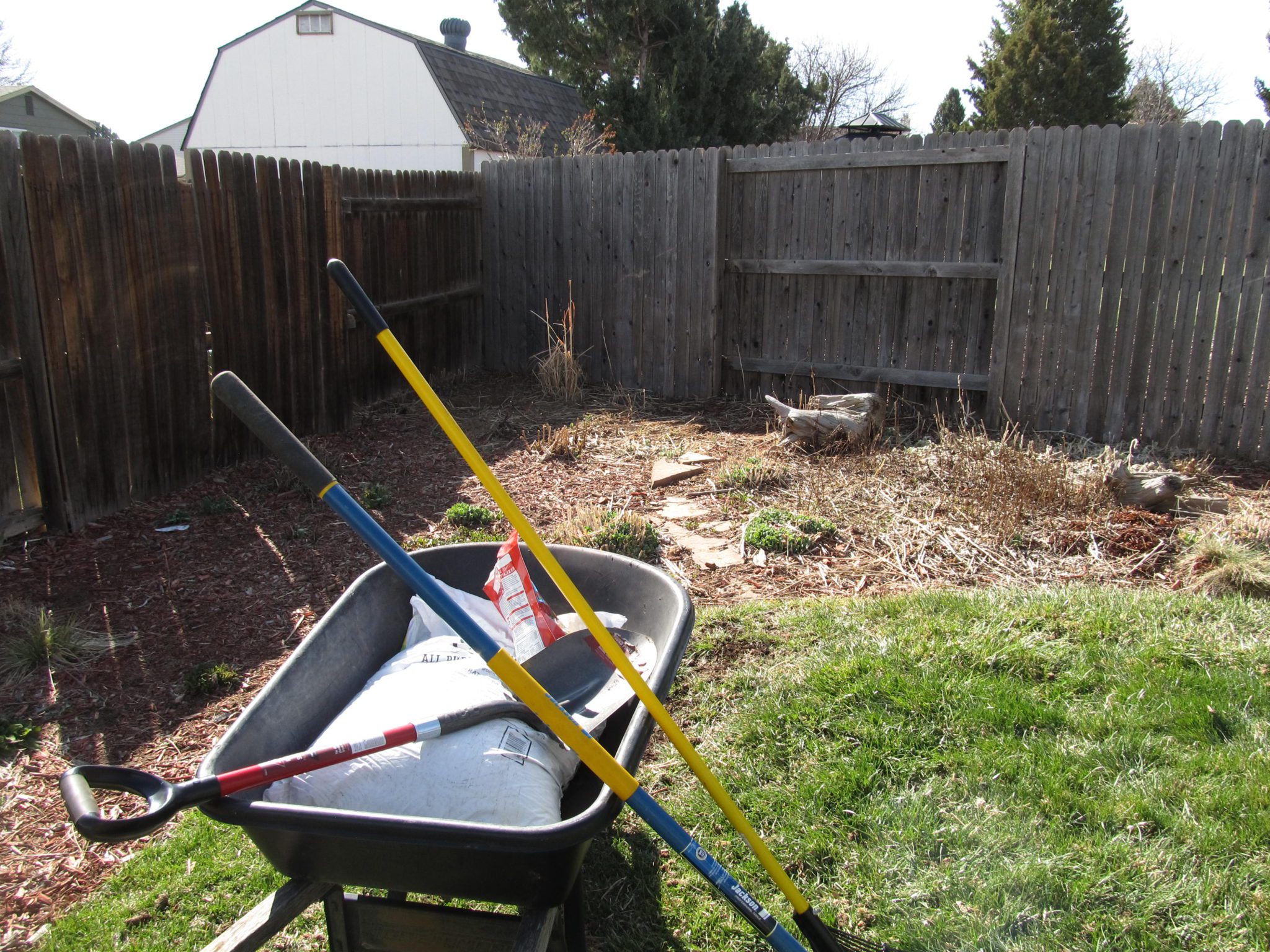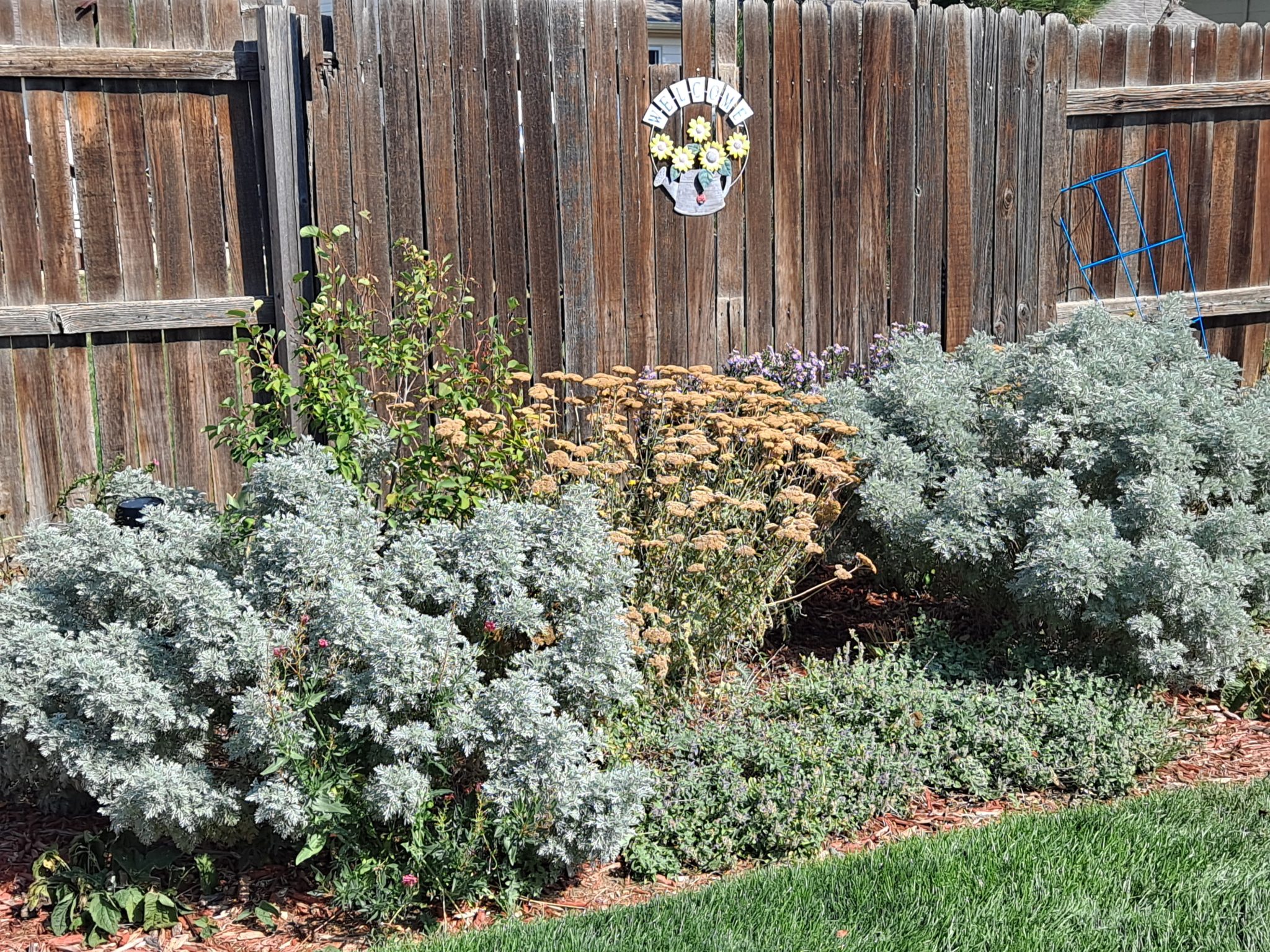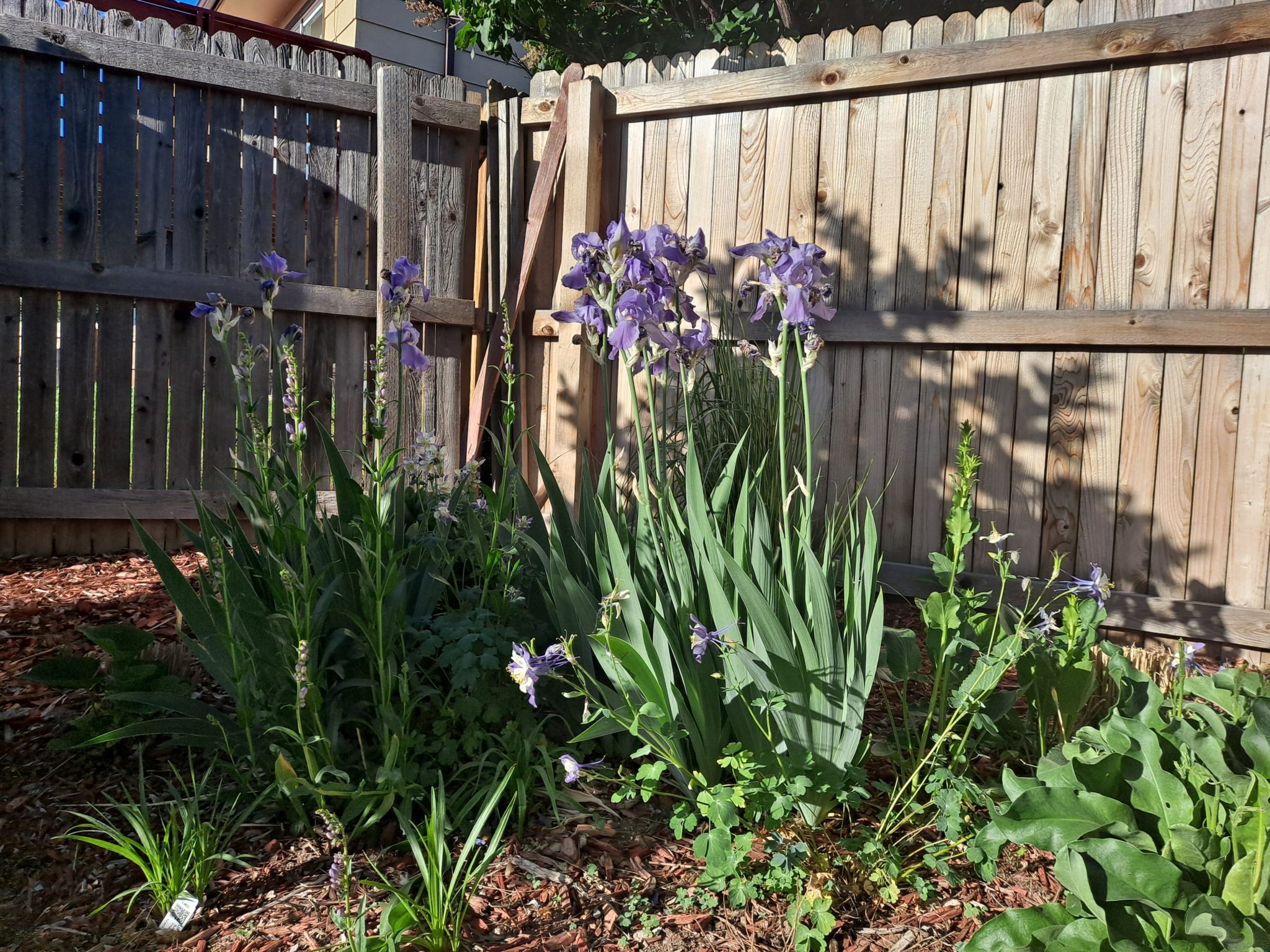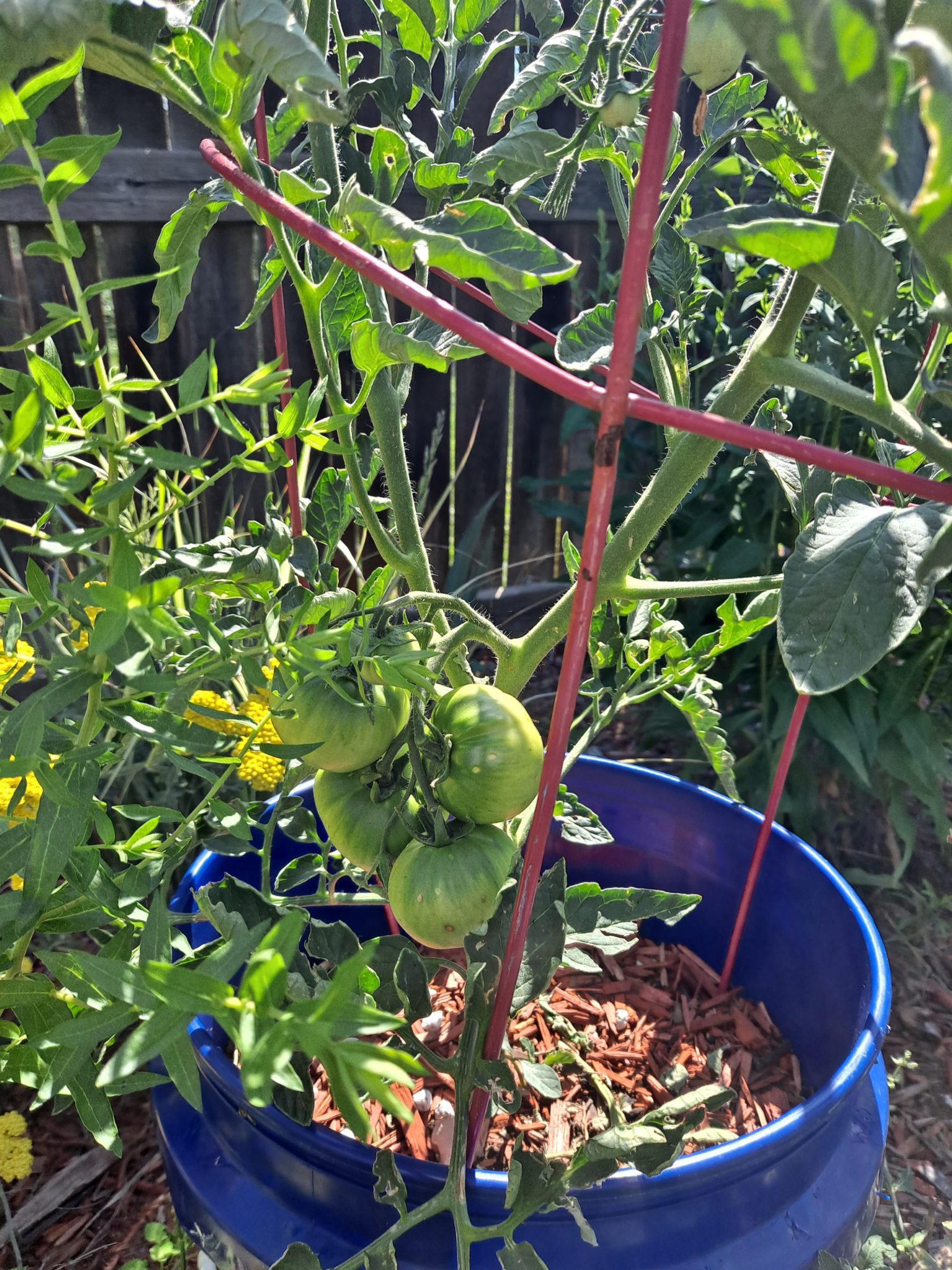With spring just around the corner, it’s time to make plans for the upcoming growing season. Well, technically, winter is the time for making plans for the upcoming growing seasons. Now it’s time to start implementing said plans
This looks to be a typically busy year in the garden. Most of my plans involve improving existing garden beds (a gardener’s work is never done!), but there are some renovations I would like to accomplish this year. Starting with converting the front yard to a gravel garden.
A couple of years ago, MrsVintage and I turned a weedy and ignored section of the front yard into a desert garden (Big things happening in the Vintage garden (mrvintageman.com). Our plan is to take this concept further out into the front yard. Water is getting ever more scarce here along the Front Range of Colorado, and every year the cost of water increases. We hardly ever see the front yard, and paying usury rates for water seems pointless.
Plus, I’m getting tired of mowing the damn thing.
This is not a project that will be done all at once. It will probably take us two or three years to get the whole thing accomplished. Our goal this year is to extend the gravel garden out passed the Bigtooth maple, an area of about 60 square feet.
(I just recently discovered that the city I live in offers up to $3000 in rebates if you convert you front yard into something more water thrifty. They also will provide a detail landscape design for free, and they have an agreement with a company to come in and remove the old sod for an incredible discount. Pretty awesome, since we were going to do all this anyway!).

Gardening basics
Before MrsVintage and I start on that, however, I want to get some basic gardening done in the rest of the yard. Beginning with raking the mulch out and putting down compost throughout all the gardening beds.
Most of the plants that I have put into the Vintage garden don’t really require a ton of organic matter. In fact, the majority of the plants kind of like their soil lean. I use wood chips as a mulch in all my garden beds, to preserve moisture and reduce weeds. But as the wood decomposes, it temporarily takes minerals and nutrients out of the ground. Eventually, as the wood completely decomposes, it will release those minerals and nutrients back into the soil.

But until it does, the plants are being denied what they need to grow. That is why I like to put two to three inches of compost down every couple of years. The compost will provide the plants with some needed nutrients right now.
Once the compost in down, I’ll put the old mulch back and add some fresh mulch on top to make it thicker. Thicker mulch means less moisture loss and fewer weeds.
Making improvements
Other than the front yard, I have no big projects planned for the year. I’m mostly just going to make a few tweaks to weak spots in the garden.
As an example, last year I was not happy with how this garden bed looked:

I felt the two Artemisia’s (the grey plants) were too big for the area and they were overpowering the rest of the plants. So, I dug them up and transplanted them to other areas where I felt they would play nicer with their neighbors.
But now I have two large gaps in this border. I’m going to fill them in with a couple of Panicum switch grasses, as well as several Jupiter’s Beards. I’ll be posting updates on my progress later on in the year.
I’m also not completely happy with this border that is along a north facing fence in the backyard:

While it looks pretty good in late-May to early-June, the rest of the season this area looks pretty dull. Part of the problem is that several of the plants I put in here have already died. I suspect that the area was too dry for them. I know for a fact that I seriously underestimated how much shade the area gets.
So, I’m going to put a Karl Foerster feather reed grass in the sunnier section and several perennials, specifically Johnson’s Blue geraniums, into the shadier spots.
I like Johnson’s Blue geraniums a lot. Their subtle blue flowers appear for a few weeks in early June, but as an added bonus, their leaves turn orange and red in the fall. Plus, they’re reasonably drought tolerant. Two seasons of interest, and water thrifty? What’s not to like!
Unfortunately, it is a given that I will have lost plants over the winter. So as the seasons progress, I’ll be looking for bare spots and filling them in with plants that will hopefully thrive better in those locations.
If at first you don’t succeed, beat your head against the wall
I’m going to once again attempt to grow tomatoes in 5-gallon buckets. I’ve learned a few things from last year’s dismal failure. For one, come around July, you will find me out in the garden every evening with my little UV flashlight looking for tomato hornworms. I won’t make the mistake of letting the little bastards get out of control like I did last year.

Otherwise, the rest of the gardening year will be filled with mundane (yet necessary) maintenance tasks: weeding, watering, deadheading and the like. I can hardly wait!
Waiting for spring feels like a month of December 23rds. So close, yet so far away to the big event. The anticipation is excruciating!

